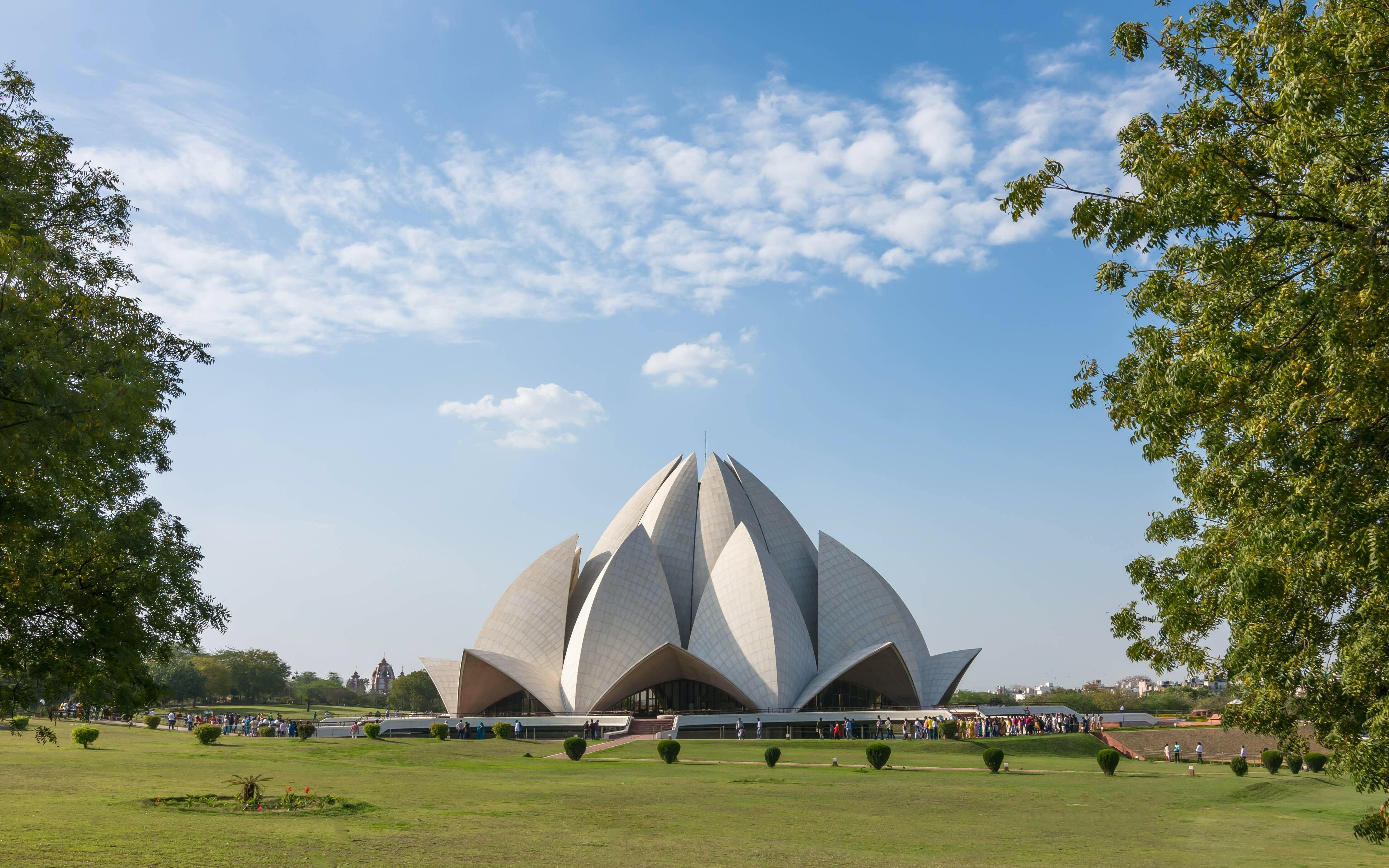An Introduction to Biomimicry
“Biomimicry” is the addition of two words: “bio” means life, and “mimicry” means imitating (copying). Finally, the actual meaning of “biomimicry” translates to the practice of imitating life. It also refers to the innovations inspired by nature, as one studies nature and then takes inspiration from its designs and uses them to solve human problems. The inspiration from nature is implemented in the architecture and results in a tremendous amount of work or design. There are several examples of buildings that are inspired by nature and its beauty. Biomimicry is about solutions refined and developed by nature. We have created massive cities, economies, and whole societies, but with this, we have also created massive sustainability challenges for ourselves and future generations.
Biomimicry is the way to address these problems by creating policies that should be adopted to live on Earth. Plants, animals, microbes, and others have spent billions of years engineering and testing ways to survive on this planet. After research and development for 3.8 billion years, what surrounds us is the secret of survival. For any sustainable building design, it needs to consider structural efficiency, water efficiency, zero waste systems, thermal environment, and energy supply. Biomimicry is all about solutions.
The Historical origin of Biomimicry
Even before biomimicry was introduced to the world, nature was a source of inspiration for architects and urban designers. When we examine early man and his way of life, we can see how they studied animals and imitated their hunting, sheltering, and survival activities. There are some things for which there is no direct proof, but they may be true, such as how egg shapes inspired the first human-made domes and how trees inspired the columns and tall skyscrapers. There are so many other examples that also match these types of descriptions. So, we can say that biomimicry is not a new concept developed by modern man; it existed but we didn’t know what to call it.
Characteristics of Biomimicry in Architecture
- Study of natural ecosystems and species to bring solutions for sustainable design in architecture.
- Refers to using formal and geometric elements found in nature as a source of inspiration.
- Using forms of trees and plants for the ornamentation of structural columns and other building elements.
- Biomimetic architecture strives to move towards radical increases in resource efficiency, work in a closed loop model rather than a linear, and rely on solar energy instead of fossil fuels.
Principles of Biomimicry in Architecture
- It is dependent on contemporary sunlight.
- It optimizes the system as a whole rather than its individual components.
- It adapts to and is influenced by local conditions.
- It creates conditions conducive to long-term life.
- It adapts and evolves at different rates and levels.
Different Levels of Biomimicry in Architecture
1. Organism Level
On the organism level, it mimics the formation of the organism itself and applies its form or functions to the building. Some of the examples include:
Eiffel tower (Thigh Bone), Waterloo international Terminal (Pangolin), Beijing national stadium (Bird’s Nest)
2. Behavior Level
On the behavior level, it mimics the surrounding environment (available resources) and interacts with it to solve the problem. Some of the examples include:
Eastgate Centre (Termite Mound), The Qatar Cacti building (Cactus)
3. Ecosystem level
On the ecosystem level, it mimics the simulation of ecosystems rather than singular organisms. It employs circular economy and eco-mimicry principles.
Lloyd crossing project- Portland, California Academy of Sciences Museum (Green Roof)
Examples of Biomimicry in Architecture
Nature has so many things to inspire us, and we can turn those ideas into beautiful structures. It has been our source of inspiration for many years, and it will be in the coming years as well [2]. Given Below are some examples of buildings that are inspired by nature and man-made things. Take a look at these 10 examples of biomimicry in architecture:-
1. Beijing National Stadium, Beijing, China
Inspiration:- Bird’s Nest
2. National Aquatics Center, Beijing, China
Inspiration:- Skin Cells
3. Council House 2, Melbourne, Australia
Inspiration:- The epidermis (outer skin) and dermis (inner skin)
4. Milwaukee Art Museum, Wisconsin, USA
Inspiration:- Wings of Bird [2][4]
5. The Gherkin, London, England
Inspiration:- Venus Flower Basket Sponge[2][3]
6. East gate Center, Harare, Zimbabwe
Inspiration:- African termites [3]
7. Esplanade Theatre, Downtown Core, Singapore
Inspiration:- Durian fruit [2][5]
8. Eden Project, Cornwall, England
Inspiration:- Shop Bubble
9. Institute du Monde Arabe, Paris, France
Inspiration:- Eye
10. Eiffel Tower, Paris, France
Inspiration:- Femur (Thigh Bone)[2]











